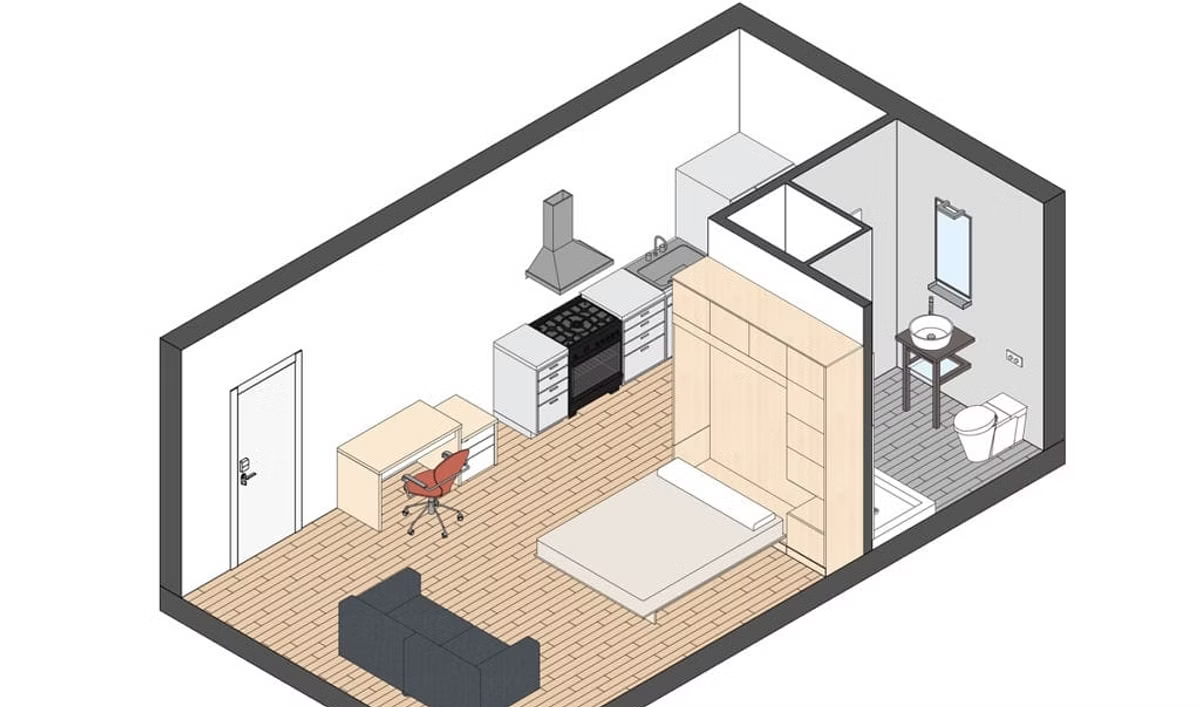Space-Efficient Living: The Rise of Micro-Apartments in Urban Real Estate
Read latest blogs and articles from Housystan

The Information mentioned here was last updated on:
4/1/2026Urban centers across the globe are witnessing a remarkable transformation in residential living, fueled by evolving lifestyles and increasing demand for efficient space utilization. Micro-apartments, also known as compact flats or tiny units, have emerged as a popular solution for city dwellers seeking convenience, affordability, and prime location without sacrificing comfort. This innovative housing trend is particularly prominent in metropolitan hubs such as New York, London, Tokyo, and Singapore, where limited land availability and soaring property prices challenge traditional housing models.
Micro-apartments typically range from 150 to 400 square feet, expertly designed to maximize every square inch. By embracing multifunctional furniture, creative storage solutions, and open layouts, these residences provide a comfortable and stylish environment for singles, young professionals, and even couples. The appeal of micro-living extends beyond just cost savings; residents enjoy proximity to business districts, cultural attractions, and public transportation, fostering a vibrant urban lifestyle that larger suburban homes may not offer.
Sustainable living is another driving force behind the micro-apartment movement. Developers increasingly incorporate energy-efficient appliances, eco-friendly materials, and smart home technology to reduce environmental impact. This commitment to sustainability resonates with environmentally conscious renters and buyers who prioritize green living and minimal waste. Additionally, shared amenities such as communal lounges, rooftop gardens, and fitness centers foster a sense of community, making micro-apartment complexes attractive social hubs within city neighborhoods.
- Verified Tenants/Buyers
- Unlimited Property Listing
- Zero subscription/charges fee
From a real estate investment perspective, micro-units offer a practical solution for maximizing rental yields and meeting the needs of a growing urban population. Cities like San Francisco, Berlin, and Toronto have seen a surge in such developments, reflecting changing preferences and economic realities. Local government initiatives often support these projects, streamlining permitting processes and encouraging innovative design to address housing shortages.
As urban landscapes continue to evolve, micro-apartments are reshaping the definition of modern city living. With their strategic locations, sustainable features, and efficient design, these compact homes represent the future of real estate in bustling metropolitan areas worldwide.